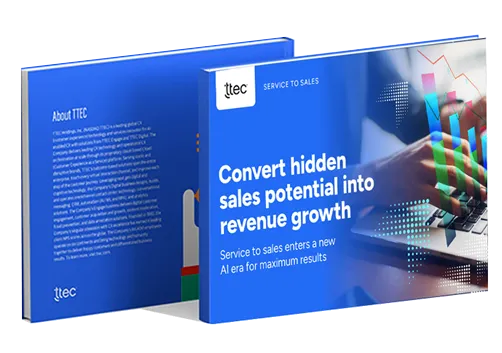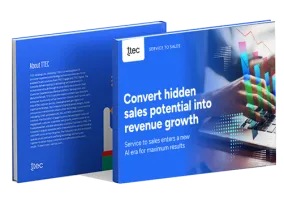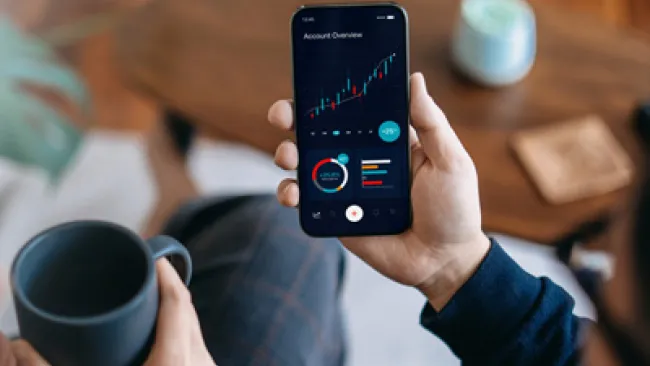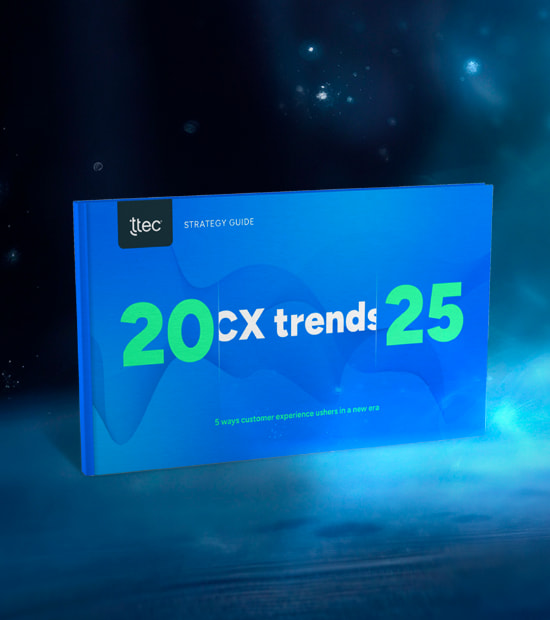Customer lifetime value (CLTV) is an important tool that companies can use to allocate their resources to gain the most benefit. It’s a metric that measures the amount of value a customer will bring your business over their lifetime with you—which could be short or long-term, depending on the business. And it’s a mix of their past value, the current value they bring you now, plus their potential worth in the future.
Yet not everyone takes the time to look at these key insights. According to a survey by Forbes and Sailthru, only 15 percent of companies can correlate CLTV to revenue and growth. And worse, 18 percent of those surveyed said that their organization doesn’t calculate CLTV at all.
My father often told me that money doesn’t grow on trees, meaning that there is never as much money as you want so plan carefully. The same is true for marketing departments and I believe that businesses need to pay closer attention to lifetime value when prioritizing needs. This means analyzing customers at all points during their lifecycle while recognizing how they fit into your unique industry.
How to measure customer lifetime value
Often companies look only at past or current value because they are easiest to calculate and understand. The first flavor of CLTV, historical value, enables you to unlock unique opportunities to recognize and reward high value customers that are loyal to your brand.
Historical lifetime value is easier to calculate than future value because it is based on past revenue and known costs. However, it doesn’t tell you how much a customer is likely to spend down the road and how much you can increase that spend through targeted and tailored marketing campaigns.
Current value only represents the revenue less costs for a shorter period of time than historical value. For example, it might reflect a customer’s value in the next quarter or year. However, only analyzing historical and current value can cause you to miss opportunities to identify and nurture “up and comers,” new and/or low value customers with the potential to become highly valuable to your brand.
Uncovering future customer insight
Meanwhile, knowing your customers’ future lifetime value allows you to prioritize your investment in them, optimize costs by potentially routing low-value customers to more cost-effective channels, and understand the time and money they will likely invest in you. For example, a company can use future lifetime value to select targets for a campaign or suppress low value customers from receiving high touch, high cost service.
There are several key pieces you need to predict future lifetime value:
- How many customers will return in a particular period
- How much each returning customer will spend
- How much each customer will cost to serveIn addition, future value will help you identify customers likely to grow in value over time, possibly moving from low value to high value, and distinguish those who have no more room to grow.
Lifetime value: Not so simple
There are quick and easy-to-use equations to understand your customers’ lifetime value, but it may only be suitable for select industries like retail that have a regular flow of customers. In industries with a long purchase cycle, it’s not so simple, because there could be several years between a consumer’s purchases. Like so many things in life, understanding lifetime value across different industries isn’t so black and white.
Therefore, how you calculate lifetime value can differ depending on how difficult it is to predict certain factors:
- Purchase window: For retail, the purchase window is measured in days or months; whereas, for durable goods it can be measured in years or decades.
- Spend: This can be straightforward if it is a relatively frequent purchase where a basket amount doesn’t change much from visit to visit; however, if you don’t buy a product for several years or more, it can be difficult to predict spend as the price of goods may increase considerably over time.
- Costs: Both fixed and variable costs need to be included. When considering fixed costs, it may require that you get the finance department involved, particularly if there is considerable infrastructure such as in the telecom industry.Then there are also variable costs to consider and these have their own challenges. In some industries, the variable costs decline over time as a result of efficiencies and automation.It can be challenging to predict what variable costs will be in the future. In addition, one needs to assess variable costs at a customer level to adequately and effectively understand whether someone is a profitable customer or not. Thus, you may need to capture the variables costs for all of the ways that customers use your products and services.
Get started measuring and acting on customer lifetime value
Once you have considered the metrics to be predicted, you have the choice of a simple business rules approach or more complicated advanced models and everything in between. Ask yourself, do you want to discount future cash flows and for how long? Do you want to build survival curves to predict a customer’s length of tenure? Do you need detailed fixed and variable costs or is average gross margin per product sufficient?
Once you have calculated the future value, there is also the question of the customer’s potential value. If you were to nurture these customer relationships and provide targeted campaigns that were tailored to their needs, could you increase their future lifetime value? And if so, by how much?
Remember, it’s always easy to look backwards. But to provide actionable customer insights and drive real results you need to look toward the future.

















